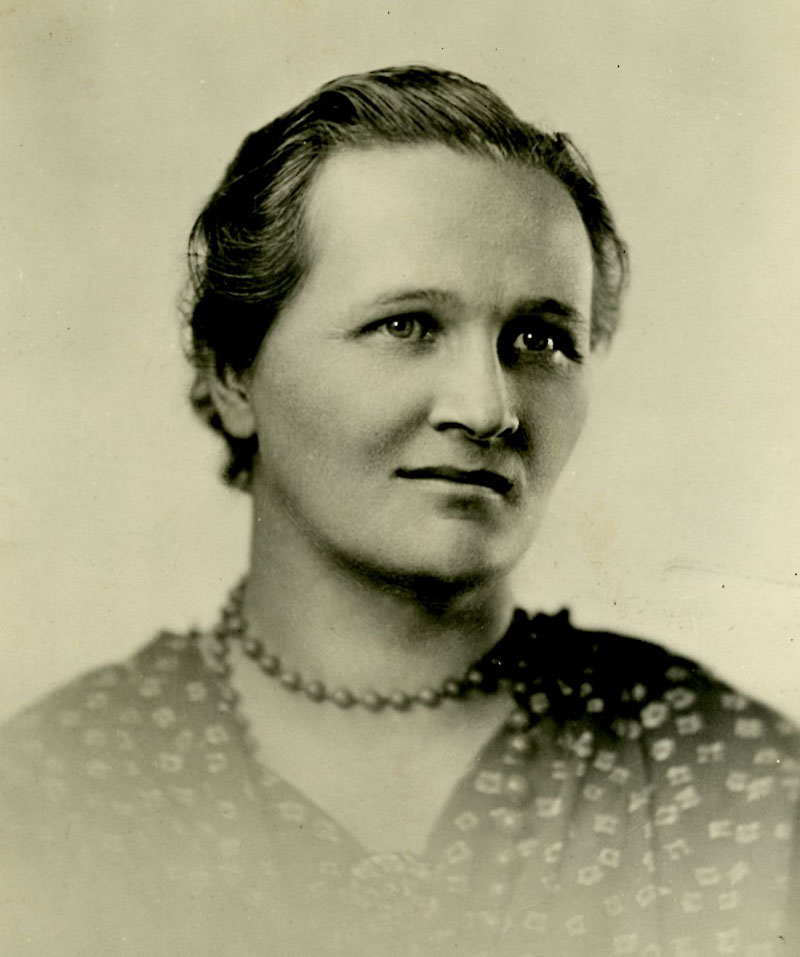I still remember when someone told me back at college that there really weren’t any women in science, apart from Marie Curie. I remember thinking, “surely there are ‘no women’ because of the inherent patriarchal barriers faced by women historically”. Meet Cecilia Payne-Gaposchkin, a textbook example of such a case. Cecilia Payne was born in England in 1900. She won a scholarship to attend Cambridge University in 1919, studying botany, physics and chemistry.
Whilst at Cambridge she heard the eminent astrophysicist Arthur Eddington give a talk on Einstein’s relativity theory and photographing stars. Cecilia was hooked, in fact it’s reported she wrote down verbatim much of Eddington’s lecture later the same evening. This event is probably what started her on the path towards becoming one of the most important astronomers of the 20th century.
Bizarrely, the university rules of the time meant Payne could not get a degree. Women were not allowed to receive degrees from Cambridge until nearly 30 years later. Eventually, she was accepted to Harvard in the United States to study for a doctorate in astrophysics. There, whilst writing her thesis, she made the major discovery that stars were composed of helium and hydrogen. One astronomer would later call her research “the most brilliant Ph.D. thesis ever written in astronomy”.
So why have you never heard of her? Her findings went against the grain of the time, the going theory was stars were made of similar material to that of Earth. She was dissuaded from going public by her supervisor, Henry Norris Russell. However, a few years later, Russell arrived at the same conclusion as Payne, and published the findings himself. Whilst he did mention her in his paper the credit for the discovery largely went to him.
Payne went on to study the brightness of stars, and made huge contributions to the understanding of our galaxy. She made millions of observations of stars, helped describe the development of the stellar life cycle, and published several books on astronomy. The patriarchal system meant she was nearly forgotten, but now Cecilia Payne-Gaposchkin’s story is a testimony to how extraordinary women have made large in-roads into science against such historic prejudices.
Leo Kindred
Science Editor
Image: aauw.org

